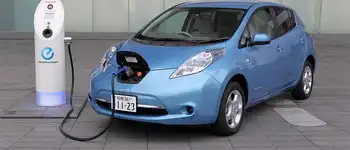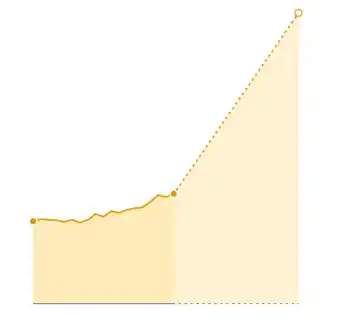PG&E renewable power bids see lots of solar
By Sacramento Business Journal
Substation Relay Protection Training
Our customized live online or in‑person group training can be delivered to your staff at your location.

- Live Online
- 12 hours Instructor-led
- Group Training Available
In an earnings conference call with analysts and investors, Peter Darbee, chairman and chief executive of PG&E Corp. and president and CEO of its utility subsidiary, said the company has seen more bids for solar projects than it has seen historically. Darbee declined to go into detail on the submissions.
The utility solicited offers for new renewable power generation in March, and bids were due in early May. By July 1, it had expected to select a shortlist of projects, with the execution of final agreements approved by Dec. 31.
The 2008 request for offers was the utility's sixth since 2002.
Under California's renewable portfolio standards, considered the most aggressive in the country, each of California's investor-owned utilities - PG&E, Southern California Edison, and San Diego Gas & Electric Co. - is mandated to deliver 20 percent of the energy it sells from renewable resources by 2010.
With that deadline looming, the actual delivery of electricity from renewables has been slow, although utilities are securing renewable contracts for future delivery. PG&E has contracts for up to 24 percent of its energy from renewable sources that will be delivered by 2013, Darbee said.
The California Public Utilities Commission, in a quarterly update issued last month, said that California's investor-owned utilities, which account for about two-thirds of the retail electricity sales in the state, would need to bring on 3,000 more new megawatts of renewable energy in the next two years to meet the 2010 target.
"Overall, (renewable) generation has not kept pace with overall load growth," the CPUC said in the report.
Between 2006 and 2007, eligible generation under the state's renewable portfolio standard actually decreased at the investor-owned utilities. In 2007, for example, PG&E delivered 11.4 percent of its total gigawatt-hours of retail electricity sales from eligible renewable sources, down from 11.9 percent in 2006. That dip was due in part to lower-than-expected generation from PG&E hydropower facilities.
On the conference call, Darbee said that its current renewable deliveries are at more than 13 percent.
The CPUC now projects that the utilities will not meet the 20 percent target by 2010, in part because the overall electricity demand forecast has been adjusted upward and the corresponding amount of renewable energy needed to meet 20 percent of that figure has also risen. The CPUC has also pushed back the online dates for several renewable projects. The state's investor-owned utilities may reach the 20 percent goal in the 2012-to-2013 time frame, the CPUC said.
State policymakers are currently looking at boosting the renewable target to 33 percent by 2020. If legislation is passed mandating that target, then the utilities would have just seven years to boost their renewable power generation to reach a goal of 33 percent.
Even more-aggressive targets could be enacted under a ballot measure slated for the November election. The Solar and Clean Energy Act of 2008 calls for a target of 40 percent renewable generation by 2020, and 50 percent by 2025. That initiative would also subject municipal utilities to the renewable portfolio standard, and gives the California Energy Commission authority to enforce compliance by the municipal utilities. The measure also limits electricity rate increases in the short term to 3 percent to ensure a limited impact on ratepayers from the addition of new renewables.
On PG&E's conference call, Darbee called the measure "poorly drafted."
Increasing the renewable targets is possible, Darbee said, but several challenges must be addressed, including the extension of federal tax credits, currently stalled in Congress, and streamlining the extensive regulatory process to add new transmission infrastructure.











